Investment in Infrastructure Development
The Steam Methane Reforming Blue Hydrogen Market is supported by significant investments in infrastructure development, which are essential for the widespread adoption of hydrogen technologies. The establishment of hydrogen production plants, storage facilities, and distribution networks is critical to ensuring a reliable supply chain. Recent reports indicate that investments in hydrogen infrastructure are expected to exceed $50 billion by 2030, reflecting a growing recognition of hydrogen's role in the energy transition. This influx of capital is likely to enhance the market's capacity and efficiency, making blue hydrogen more accessible to various industries and consumers. As infrastructure improves, the market is anticipated to expand, facilitating the integration of blue hydrogen into existing energy systems.
Regulatory Support and Policy Frameworks
The Steam Methane Reforming Blue Hydrogen Market benefits significantly from supportive regulatory frameworks and policies aimed at promoting low-carbon technologies. Governments are increasingly implementing incentives, such as tax credits and subsidies, to encourage investment in hydrogen production facilities. For example, several countries have established national hydrogen strategies that outline ambitious targets for hydrogen production and utilization. This regulatory support is crucial, as it not only fosters innovation but also attracts private sector investments. The market is expected to see a substantial increase in capacity, with projections indicating that blue hydrogen could account for up to 20% of the total hydrogen production by 2030, largely due to favorable policies.
Rising Demand for Clean Energy Solutions
The Steam Methane Reforming Blue Hydrogen Market is poised for growth due to the escalating demand for clean energy solutions across various sectors. As industries and consumers alike seek to reduce their carbon footprints, blue hydrogen emerges as a viable alternative to fossil fuels. The transportation sector, in particular, is witnessing a shift towards hydrogen fuel cell vehicles, which are gaining traction as a sustainable option. Market analysts estimate that the demand for hydrogen in transportation could increase by over 30% by 2027, driven by this transition. Additionally, the industrial sector is exploring blue hydrogen as a means to decarbonize processes, further propelling market growth.
Technological Advancements in Hydrogen Production
The Steam Methane Reforming Blue Hydrogen Market is experiencing a surge in technological advancements that enhance the efficiency and reduce the costs associated with hydrogen production. Innovations in catalysts and reactor designs are leading to improved conversion rates and lower energy consumption. For instance, recent developments in membrane technology have shown potential to increase hydrogen yield while minimizing carbon emissions. As a result, the market is projected to grow at a compound annual growth rate of approximately 10% over the next five years, driven by these advancements. Furthermore, the integration of digital technologies, such as artificial intelligence and machine learning, is optimizing operational processes, thereby increasing the competitiveness of blue hydrogen against other energy sources.
Collaboration and Partnerships in the Energy Sector
The Steam Methane Reforming Blue Hydrogen Market is witnessing an increase in collaboration and partnerships among key stakeholders, including governments, private companies, and research institutions. These collaborations are aimed at accelerating the development and deployment of blue hydrogen technologies. Joint ventures and strategic alliances are becoming more common, as entities seek to leverage each other's expertise and resources. For instance, partnerships between energy companies and technology firms are focusing on innovative solutions to enhance hydrogen production efficiency. This collaborative approach is expected to drive market growth, as it fosters knowledge sharing and accelerates the commercialization of blue hydrogen solutions, potentially leading to a more robust market landscape.


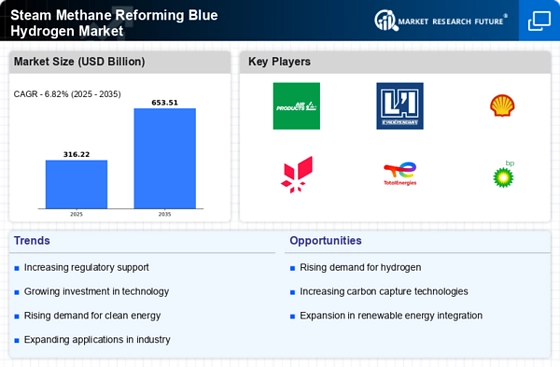
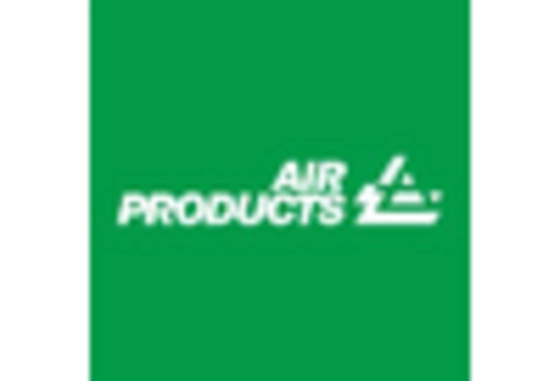
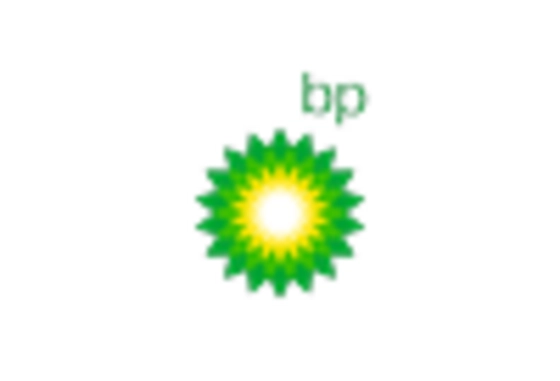
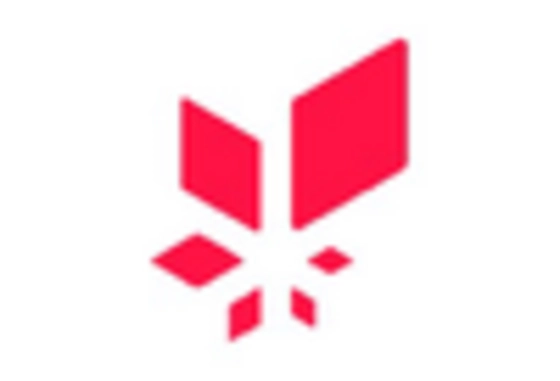
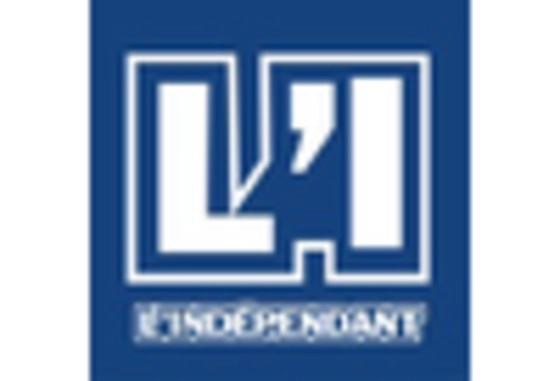
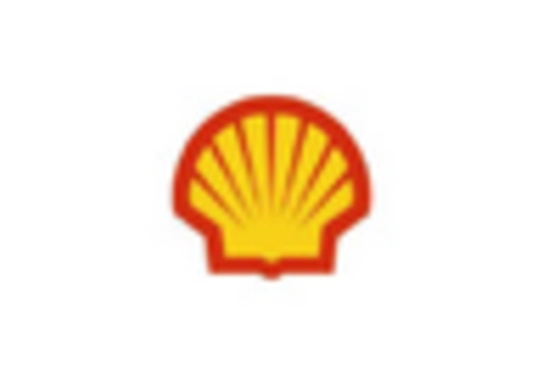









Leave a Comment